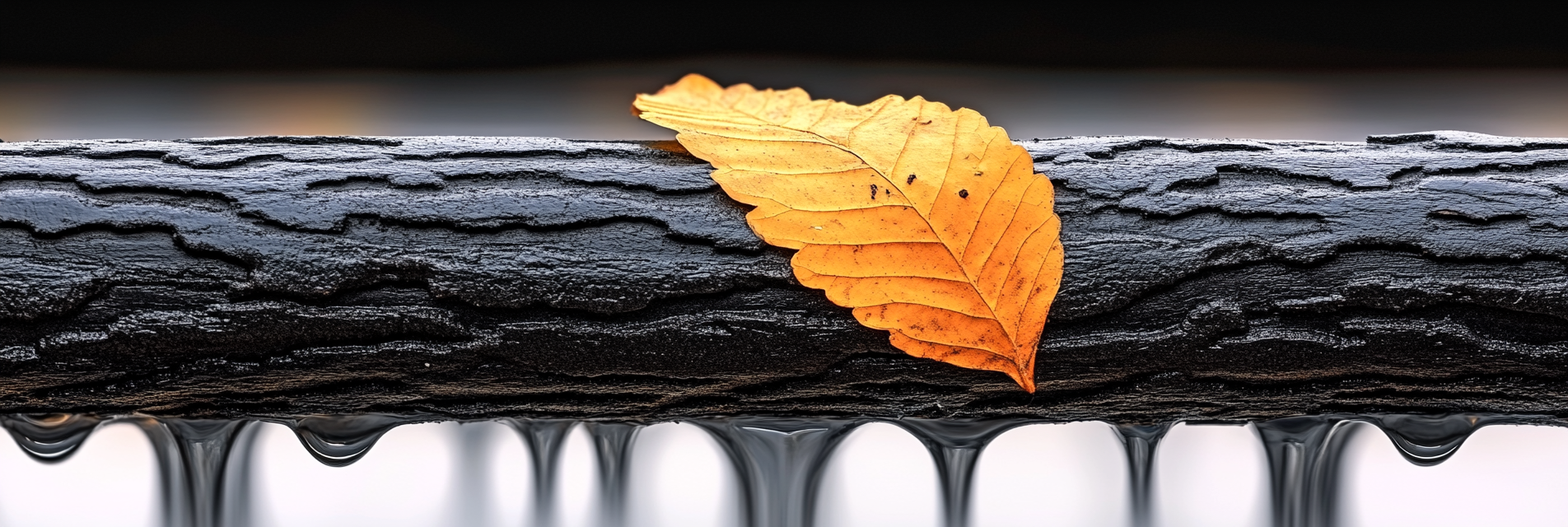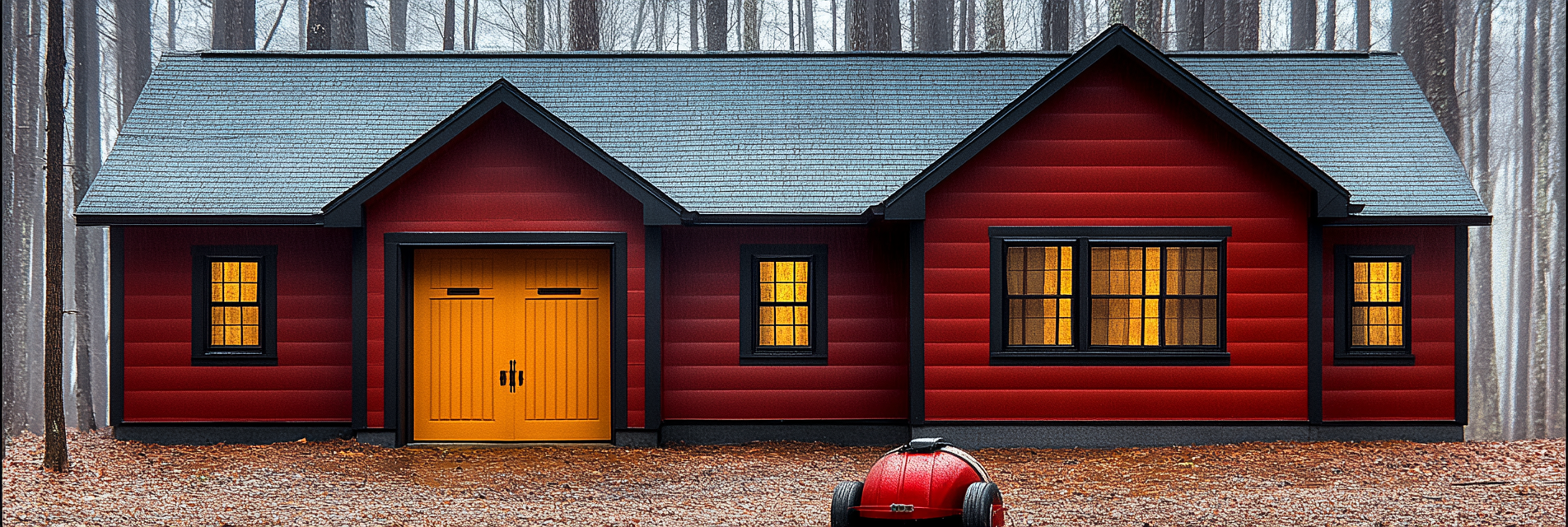Home insurance is vital protection for homeowners. It covers many types of accidents or disasters. However, it’s important to understand that not all types of accidents or damages are included in standard policies. Knowing what common exclusions exist and how to address them will help you ensure that you have proper coverage for your Tri-Cities home and finances. This article gives you the most common home insurance exclusions and offers tips for filling in the coverage gaps.
1. Flood Damage
Flood damage is one of the most common exclusions in standard home insurance policies. This includes damage from rising water due to heavy rain, storm surges, or overflowing bodies of water. The way to think of this is as follows: If the water comes from outside the home in, it’s not covered. If it comes from inside the home, it’s covered. Except for sewer or drains backing up. Typically speaking…
How to Address It:
- Purchase Flood Insurance: The National Flood Insurance Program (NFIP) provides policies that cover flood damage, or you can buy coverage from private insurers.
- Evaluate Your Risk: Use FEMA’s Flood Map Service Center to determine your home’s flood risk and decide if additional coverage is necessary.
Tip: Even if you don’t live in a high-risk flood zone, flood insurance may still be a wise investment due to unexpected weather changes.
2. Earthquake Damage
Standard home insurance policies typically do not cover damage caused by earthquakes, which can include structural damage, cracked foundations, and more. We don’t have many here in the Kennewick, Pasco, Richland area – thankfully!
How to Address It:
- Add Earthquake Insurance: Purchase a separate earthquake insurance policy or an endorsement to your existing policy, especially if you live in an earthquake-prone area.
- Retrofit Your Home: Consider retrofitting your home with features that minimize earthquake damage, such as seismic bracing and foundation bolts.
Product Recommendation: Install seismic shut-off valves to prevent gas leaks during an earthquake.
3. Mold Damage
Mold can develop from long-term moisture exposure or water damage that hasn’t been promptly addressed. This type of damage is often excluded or limited in your standard policy language.
How to Address It:
- Maintain Your Home: Regularly inspect and maintain areas prone to moisture, such as basements, bathrooms, and attics, to prevent mold growth. We recommend Ryan Brightman at Proper Home Inspections (https://properhomeinspections.com/).
- Add Mold Endorsements: Some insurers offer optional mold coverage endorsements that cover remediation costs.
Pro Tip: Use dehumidifiers and moisture detectors to monitor humidity levels and detect potential leaks early. Luckily we live in a dry climate, so this is not as prevelant here – such as our family who lives on the west side of the state of Washington.
4. Wear and Tear
Damage from general wear and tear or gradual deterioration is not covered under standard home insurance policies.
How to Address It:
- Regular Maintenance: Keep your home in good repair through regular inspections, repairs, and upgrades. Keep your dryer vent cleaned by calling us!
- Home Warranty: Consider purchasing a home warranty to cover repair costs for essential systems and appliances due to normal wear and tear. Eventually that dishwasher, fridge, or dryer will need to be replaced.
Expert Tip: Schedule seasonal maintenance checks to catch minor issues before they become major problems. Have your dryer vent cleaned annually by Dryer Fire Fighters!
5. Sewer Backup
Sewer or drain backups can cause significant damage, but this type of damage is often excluded from standard home insurance policies. That’s because it’s considered home maintenance you should be doing.
How to Address It:
- Add a Water Backup Endorsement: This endorsement covers damage resulting from water backing up through sewers, drains, or sump pumps.
- Install a Backflow Prevention Valve: This can prevent sewer water from entering your home during heavy rainfall or other water surge events.
Product Recommendation: Install a sump pump with battery backup to reduce the risk of basement flooding and water damage.
6. Damage Due to Neglect
Damage that results from a lack of maintenance or neglect is not covered by home insurance policies. This includes issues like your roof leaking that was not repaired or pests that were ignored (remember the mice that get into your garage, crawl space, or even your house every year?). Your insurance policy may deny a fire claim in your laundry room because your dryer caught fire due to your dryer vent not being cleaned!
How to Address It:
- Regular Inspections: Conduct routine home inspections to identify potential issues early and fix them before they cause significant damage.
- Proactive Repairs: Address minor damage or wear immediately to avoid claim denials for negligence.
Safety Tip: Keep a home maintenance log to document repairs and inspections, which will help support claims for related damage. Read our article on insurance adjusters to understand this more fully: https://dryerfirefighters.com/the-role-of-an-insurance-adjuster-in-home-insurance-claims/
7. High-Value Items
Standard home insurance policies have limits for high-value items like jewelry, art, and antiques.
How to Address It:
- Schedule Personal Property: Add a rider or endorsement to your policy to cover high-value items at a value you have appraised. You can look up items online to see what the market value might be.
- Create a Detailed Inventory: Maintain a comprehensive inventory of high-value items, including photos, receipts, and even comparable products online to show their value. Take pictures and video with your phone.
Pro Tip: Keep copies of your inventory list in a safe or cloud-based storage for easy access in case of a claim. Use automatic image and video backup from your phone so you don’t even have to think about storing it long-term.
Conclusion
Understanding the common exclusions in home insurance policies and addressing them with supplemental coverage or preventive measures can help you maintain protection for your home. We recommend calling Adam Hoover at Country Financial for a no-obligation review (https://advisors.countryfinancial.com/usa/wa/kennewick/adam-hoover). That’s who we do business with.
By reviewing your policy, adding necessary endorsements, and taking proactive steps, you can avoid unpleasant surprises and safeguard your property. Dryer Fire Fighters definitely encourages homeowners to be thorough in their policy reviews and to find gaps in your current coverage for your home here in the beautiful Tri-Cities.
Serving the communities of:
Kennewick | Pasco | Richland | West Richland | Finley | Burbank | Benton City | Prosser | Grandview | Connell
As the sole certified dryer exhaust technician recognized by CSIA.org in the Tri-Cities area, Paul brings a wealth of expertise to fire prevention. His primary focus lies in addressing the root cause of many residential fires: lint buildup in dryer cavities and vents. Through rigorous inspections and thorough cleanings, Paul ensures that families and businesses can enjoy peace of mind, knowing their properties are safeguarded against fire risks.








































